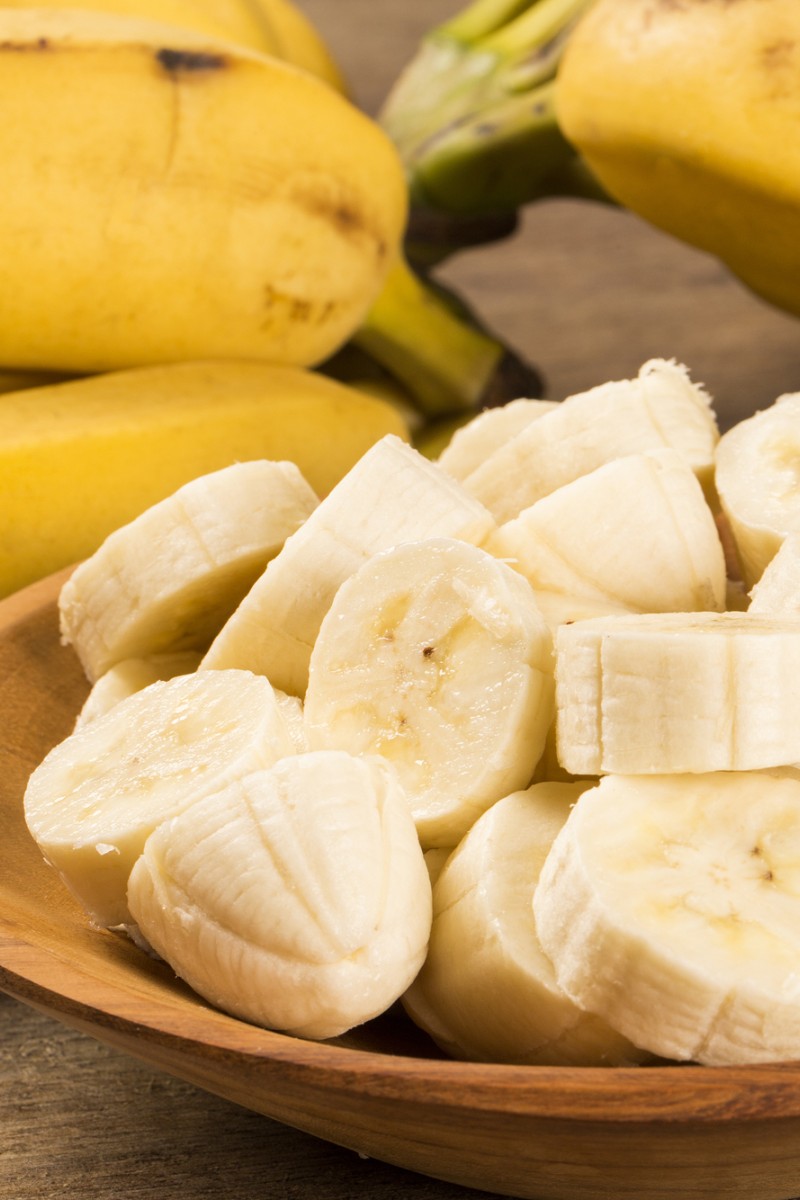
A banana is a healthy snack, but it can be hard to finish a bunch before they go soft and squishy - unless you know the secret to keeping them in tip-top shape

Bananas are widely available, delicious and of high nutritional value. But we don't usually think about how healthy a banana is when we buy them. All we want is to enjoy the sweetness and creaminess of a "just-right" banana.
But life does not always go to plan: while we may fantasise about eating one perfect banana each day, they tend to ripen faster than we can eat them. So we end up with a couple that are too soft and too sweet to enjoy. We designed an experiment to look at this problem.
We collected a few suggestions from our schoolmates about how to keep bananas fresh, and decided to test some of them. We did the experiment with three different scenarios: bananas in a bunch; separated bananas; bananas in a bunch with the stems wrapped.
The ripening process (seven to 14 days at room temperature) involves several chemical reactions. For example, the enzyme amylase converts starch to simple sugars, and the enzyme pectinase breaks down pectin, which is a dietary fibre. These two processes make the fruit sweeter and softer over time.
In our experiment, we found that if we kept the bananas in a bunch, they softened faster. But when separated or kept with the stems wrapped, they stayed comparatively harder over time than when in a bunch. This implies that separating bananas or wrapping their stems keeps bananas fresher.
Measuring sugar content led to the same conclusion. As bananas ripen, their starch content decreases, and sucrose is formed. Then fructose and glucose are formed and increase, which results in a dramatic increase in sugar content. But in our experiment, the bananas were left to over-ripen, so that the amount of sucrose started to drop, meaning overall sugar content decreased. This means that sugar content is actually inversely proportional to the ripening rate.
According to our results, separated bananas had 9.06 per cent more sugar than bananas kept in a bunch. Those with wrapped stems had 7.1 per cent more sugar than those kept in a bunch.
In addition, although all the bananas looked more or less the same on the outside after the experiment (a black stem with lots of speckles on the skin), there was a striking difference after peeling. The bananas in a bunch were half-liquefied whereas those in the other two set-ups were still solid.
So next time you buy bananas, separate them if you want them to last longer. (And if they do become too ripe, they can still be used to make delicious banana bread!)
Other storage methods have also proved efficient, such as keeping bananas in the fridge, which lowers the ambient temperature, or putting them in the open instead of in a sealed plastic bag, which dilutes the ethylene gas released by bananas.
We hope we helped your bananas to last longer!